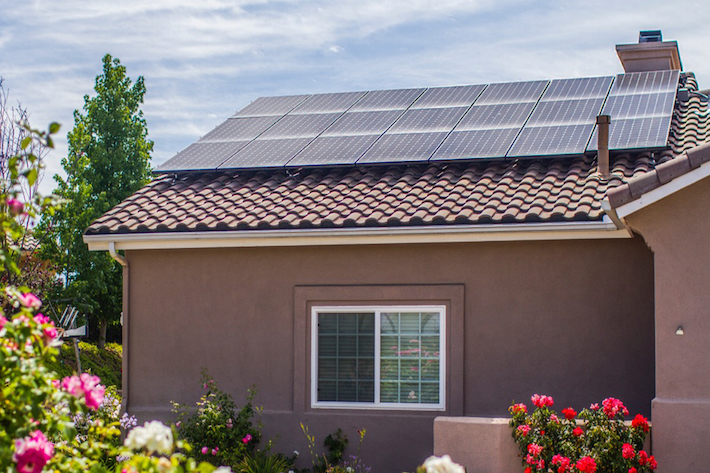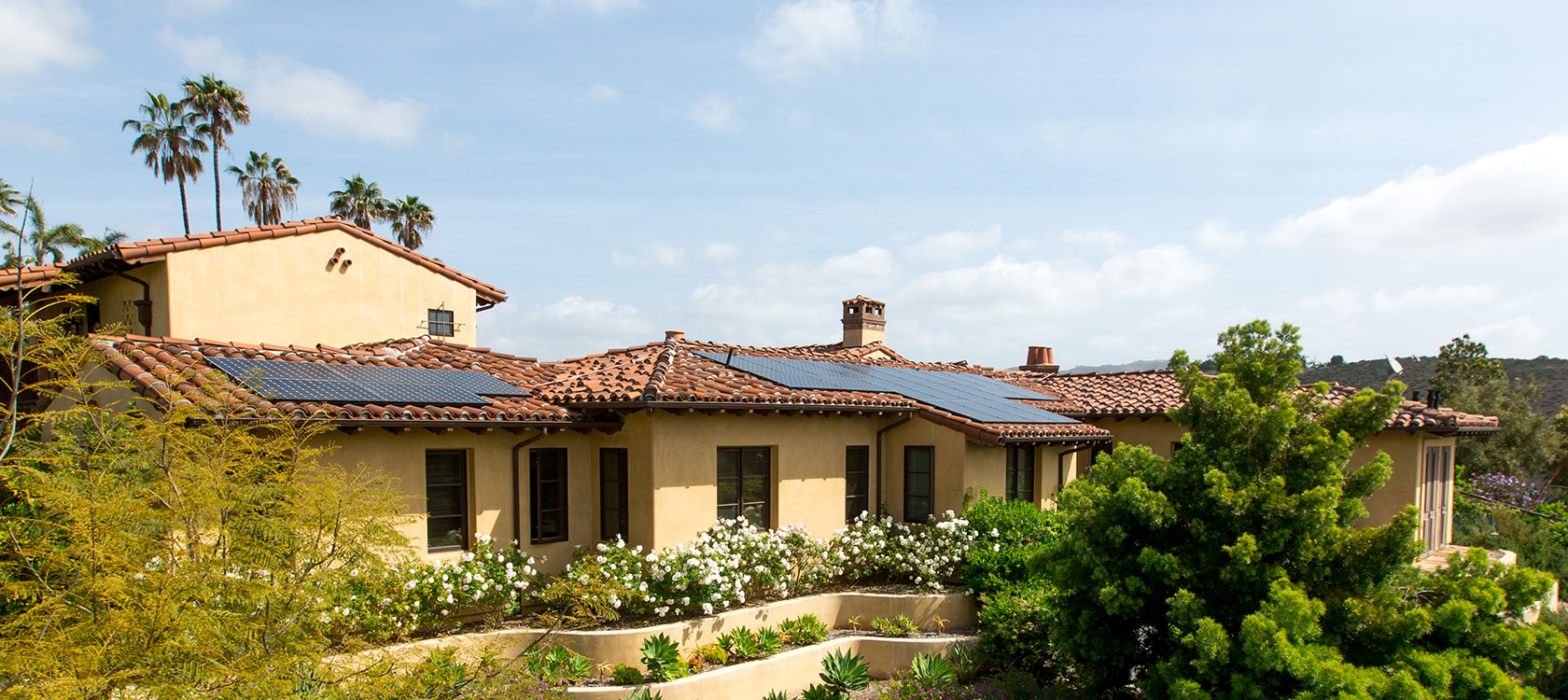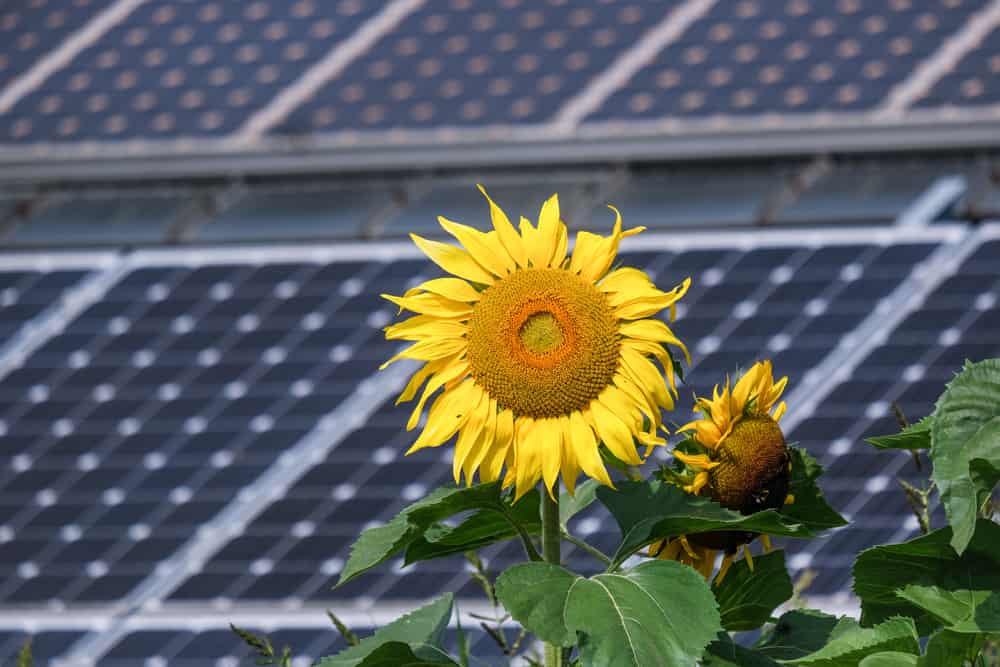
Read this article for more recent information about Time of Use Rates for SDG&E
Summer 2016 has gotten red hot for San Diego residential solar power users, at least where billing changes are concerned.
First, new rules for net energy metering announced in June added a one-time interconnection fee plus a tariff onto the bills of new residential solar customers. The California Public Utilities Commission approved the net metering changes, known as NEM 2.0, in response to a state-mandated cap on net metered energy reached last month by utility company San Diego Gas & Electric. Through a grandfathering provision, existing home solar panel users in the San Diego area escape the new tariff for 20 years.
Now, the utilities commission has approved a reduction in SDG&E’s electric rate structure from three tiers to two tiers. The move simplifies the utility’s rates for homeowners, an approach that began in 2015 when SDG&E’s pricing structure fell from four to three tiers. A 25% differential between the two tiers in the new structure will be in place by 2019.
Tier pricing is determined by the amount of electricity a home draws from the grid. Once SDG&E customers reach a threshold amount of electricity allotted in the first tier, their pricing for grid-based electricity moves to the next, higher-priced tier.
The latest change will also add a surcharge to households that consume high amounts of electricity from the grid. SDG&E’s “super user” electric surcharge will apply to customers whose electricity demands double those of average consumers, surpassing approximately 1,200 kilowatts per month. SDG&E will phase in the super user surcharge beginning in 2017; within two years the differential between Tier 1 pricing and the super user surcharge will rise to 119%.
About 2% of its current customers fall within the super user category, the utility company says.
What’s Behind the Change?
SDG&E says consolidating its rate structure distributes more fairness in electricity pricing among all of its residential customers. Under the previous structure, the utility company says, high-use customers, or those who consume the bulk, if not all of their electricity from the grid, essentially subsidized pricing for homes that reduced their grid reliance with renewable energy sources, including solar panels.
Lower-tier pricing for residential solar panel users and other low-end users of the grid dates back to the California energy crisis in 2000-2001. At that time, state legislators intended to protect energy consumers from rising electricity bills by capping rates in the bottom two of four pricing tiers. Until this summer’s reforms, the frozen rates for low-use consumers had not changed.
The previous structure encouraged more residential solar panel installations as utility customers saw the advantages of lessening their dependence on the grid and locking into lower-tier pricing. It also shifted much of the burden for future rate increases onto non-solar electricity users in the higher-priced tiers.
Critics of the consolidated tier system maintained when it was proposed that it would add cost to residential solar panel customers and discourage solar panel installations and energy conversation across the state. The utilities commission says it leveled the field with the super user surcharge, which ensures that so-called “energy hogs” will pay a premium for the excessive electricity they use.
The net effect of the changes means homes with rooftop solar panels could see a rise in their monthly utility bills. Solar advocates say that, over the long run, any increase associated with SDG&E’s new rate structure won’t outweigh the overall benefits of going solar in San Diego, San Bernardino, Riverside or Orange County.
More Changes to Come — and What You Can Do to Prepare
Regardless of the new rate structure.California’s utility commission also approved a measure to transition SDG&E customers to time-of-use (TOU) billing beginning in 2019.
TOU in electricity rates is similar to prime time in television. SDG&E’s rates will fluctuate depending on time of day and energy consumption. For residential solar panel customers, electricity consumed from the grid during evening hours — when people are home and solar panels stop generating electricity — will be more expensive. Except on weekends (again, when people tend to be home), daytime solar-produced energy will supplement the grid and be less expensive.
The TOU approach intends to lessen overall energy use during peak demand times, which in turn reduces the need to operate costly power plants that emit greenhouse gasses.
All SDG&E customers will be automatically switched to TOU pricing. Residential solar panel and other users can opt out of TOU rates in favor of the two-tier structure, but the responsibility for returning to tiered pricing rests with consumers. SDG&E won’t make the change unless they are directed to do so.
While the TOU change won’t take effect until Jan. 1, 2019, if you’re a residential solar panel user or plan to become one soon, it’s not too early to develop energy conservation habits that can eventually spare you from higher TOU fees.
Here are eight tips for saving energy — and expense — now and in the future:
1. Use EnergyStar appliances. EPA-approved energy-saving appliances use up to 50% less electricity than traditional appliances.
2. Don’t forget compact florescent light bulbs.
They save as much as 70% in electricity over standard bulbs, and they last longer.
3. Search for leaks. Don’t make your air conditioner and heater work too hard. Plug leaking air around windows, doors, and heating/cooling vents.
4. Install a smart thermostat.
Today’s devices make it easy to regulate your home’s temperature during times when you don’t need maximum heating or air conditioning — when you’re away from home, for example.
5. Reduce your hot water temperature. For most activities, anything higher than 140 degrees is overkill.
6. Run full loads.
Few things say wasted energy more than a washer and dryer put to use for a handful of items. The same goes for your dishwasher. Even your EnergyStar refrigerator and freezer can save additional energy with packed-in foods.
7. Add a little green. Plant shrubs and trees within 12 inches of your home’s exterior. They promote areas of dead space that aid insulation.




